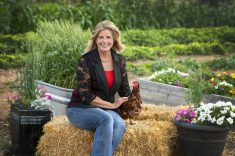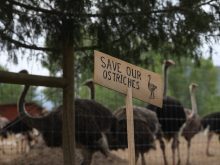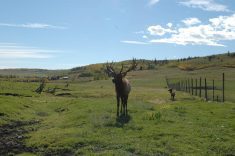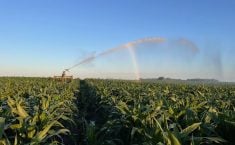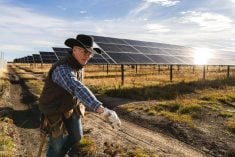Have you always wanted to try rotational grazing or protect riparian areas?
Then say hello to a new government program called the Resilient Agricultural Landscape Program (RALP).
There has never been a program quite like this one, said Giselle Ulrich, a grant program specialist with Alberta Agriculture and Irrigation.
Read Also
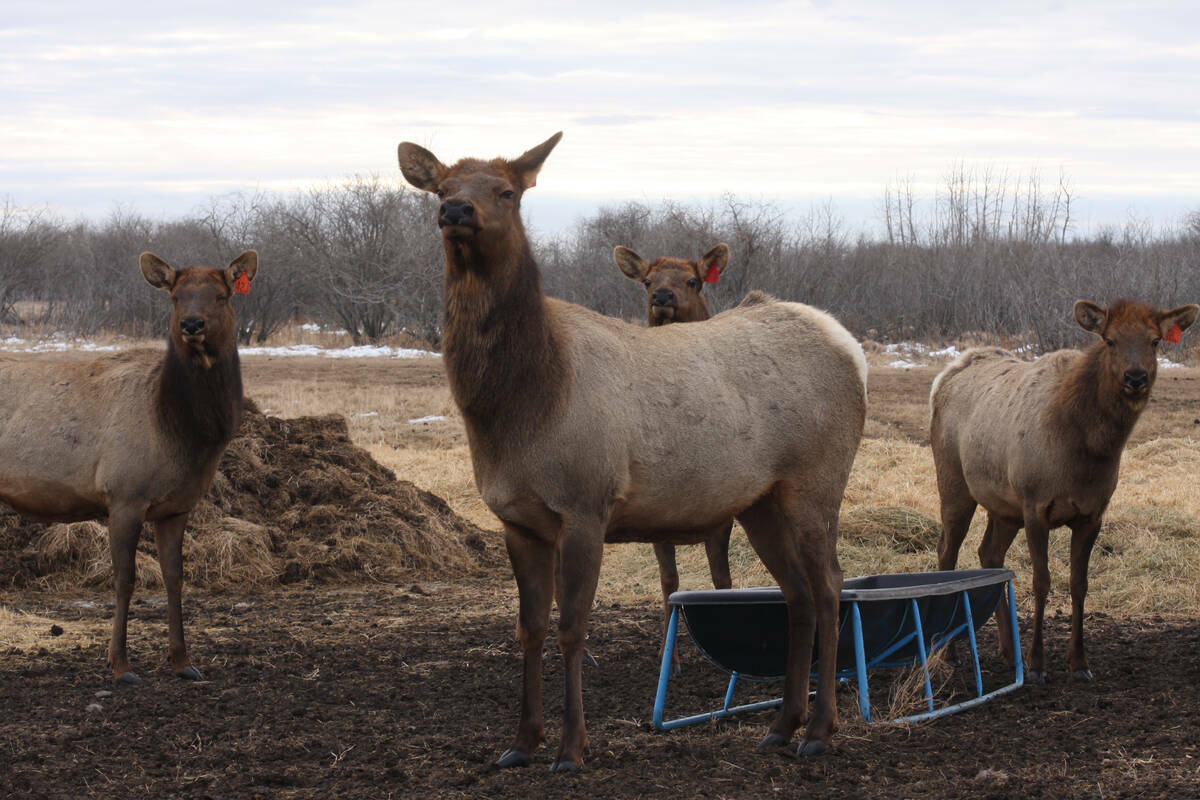
Cervid harvest preserves to be developed in the province under Bill 10
The Government of Alberta has given approval for creation of cervid harvest preserves.
“A lot of the best management practices being offered are ones that help maximize the creation of ecological goods and services, things like carbon sequestration or improved water quality, enhanced biodiversities, those sorts of natural benefits,” she said. “It is a bit of a different program.”
The program offers per-acre payments of up to $150,000 per applicant (who must be an “active primary producer”) and double that for a grazing association. The per-acre fee will be “calculated to cover most of the applicant’s implementation cost and may also pay an opportunity cost.”
Grants are available in four categories: pasture management (such as rotational grazing, adding legumes to pastures and riparian protection), cropland conversion (such as seeding to forages), tree establishment (shelterbelts, eco-buffers and pollinator strips), and wetlands (restoration or constructing new ones).
“These are typically areas that can cost a lot of money, which may be the reason why people haven’t chosen to adopt some of these practices or management strategies yet,” said Brodie Haugan, a cow-calf producer from Orion and chair of the Alberta Beef Producers.
“This should help producers who have potentially been thinking of some of these projects. This enables them to jump on the ideas that they have had.”
An applicant doesn’t have to be a livestock producer, but has to be responsible for input costs and the day-to-day management of the operation, and it must produce $25,000 worth of commodities annually.
“There’s a diversity of options,” said Ulrich. “There are certainly best management practices that will be attractive to cattle producers. But there are also options for grain farmers. We’re hoping that every type of producer could find something in this list that they could apply for on their farm.”
RALP was launched this month as part of the new five-year federal-provincial ag funding framework called the Sustainable Canadian Agricultural Partnership. It replaced the previous five-year deal, the Canadian Agricultural Partnership.
It has some overlap with the On-Farm Climate Action Fund but RALP doesn’t have cost-sharing, and the producer does not have to front any funds.
“There are different eligible expenses for each best management practice,” said Ulrich. “It’s a bit flexible in what you do or not. You can put in the expenses you are claiming, as long as the expenses that you are claiming are eligible. Some of them do have maximums.”
For example, it will pay up to $2,000 for technical support from a provincial agrologist or crop advisor. Payment for the “opportunity cost” depends on what’s being done.
“The opportunity cost is specific to the best management practices, as not all of them will have that,” she said. “Additionally, each operation will be evaluated for project size, carbon sequestration improvement, number of livestock involved, water quality and biodiversity enhancement and that could result in an additional impact adjustment payment.”
The program is for a three-year term to help the long-term establishment of best management practices. The program launched April 3 and applications will be accepted until Nov. 30, except for the wetlands category, which is open until Jan. 31. Program details and applications can be found at www.alberta.ca/resilient-agricultural-landscape-program.aspx.
The program recognizes that the cost of this sort of work can be a barrier and that the payoff in terms of environmental benefits aren’t immediate, said Ulrich.
“If you’re trying to improve a riparian area and water quality, it could take years for that to happen,” she said. “That’s part of the reason why we have three-year project terms, and we’re trying to offer funding that could really offset the cost to help farmers with some of these things that could be a little more difficult to implement without that support.”
It’s an approach that will appeal to many producers, said Haugan.
“These are typically projects that producers want to implement for a positive change for their operations,” he said. “Usually, the cost associated with them keeps them from choosing to implement them on their own.
“These changes hopefully create more efficiencies and improvements on the land and within their operations. These usually aren’t big changes that are going to make a lot of money. It’s that smaller, incremental approach.”
Cattle producers might also want to consider the Water Program, which is part of the Sustainable Canadian Agricultural Partnership, said Haugan.
One part of that program, called the “on-farm water supply stream” will typically cover 25 per cent of the cost of things such as expanding or constructing a dugout or drilling a well.
“We did a big push to try to drought-proof the landscape and this program specifically enables and implements dugouts and dams and wells to try and mitigate drought into the future,” he said.
The maximum grant is $5,000 per parcel and $35,000 per applicant. However, the province’s website warns “there is limited funding in the program.”
It will be interesting to see what producers come up with in terms of applications, said Haugan.
“I think it will be extremely positive to our industry and I’m excited to see what producers can do with this funding.”
Several other programs could be of interest to livestock producers. For example, the Farm Technology program offers grants for tag readers and sensors for weigh scales or monitoring cattle. Each program (go to alberta.ca/sustainable-cap.aspx) has a list of eligible and ineligible expenses.




